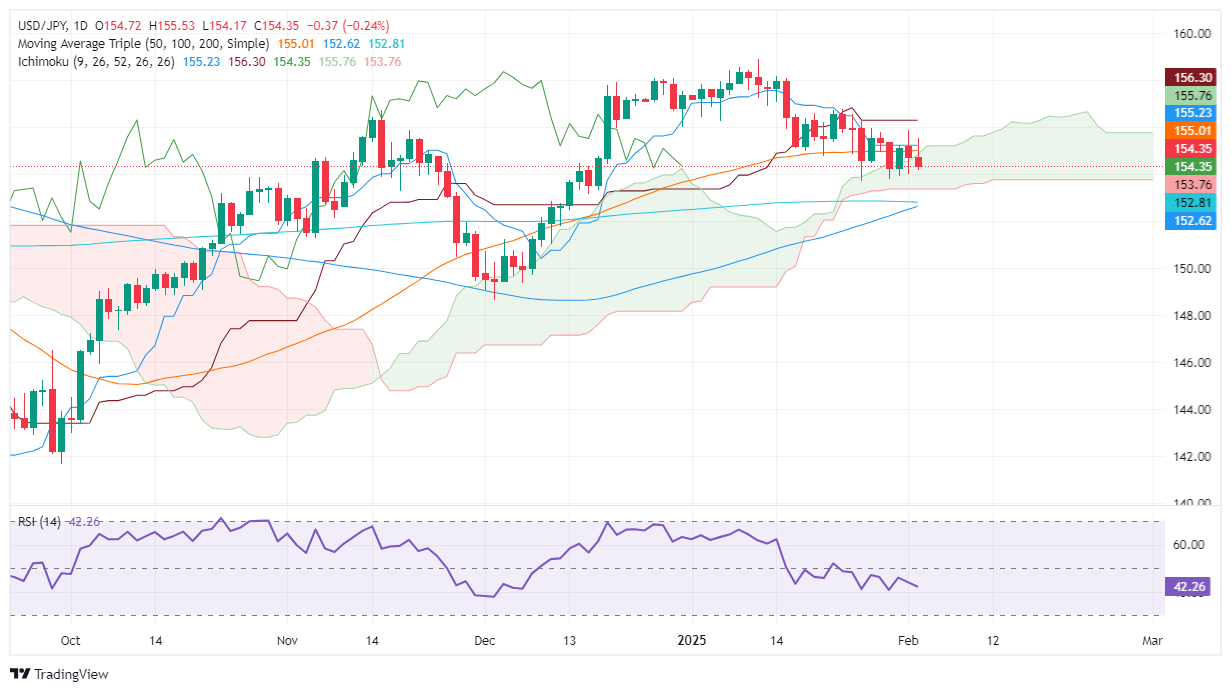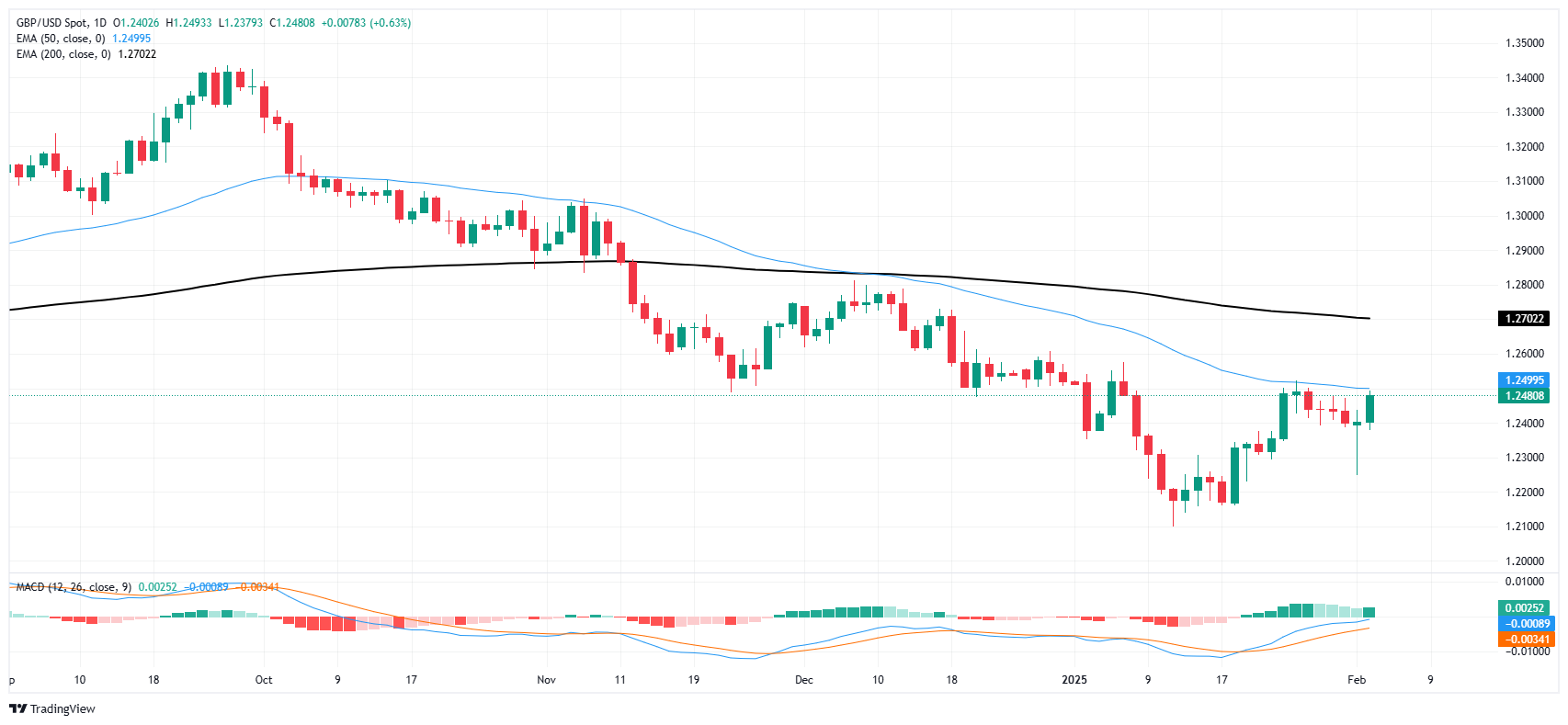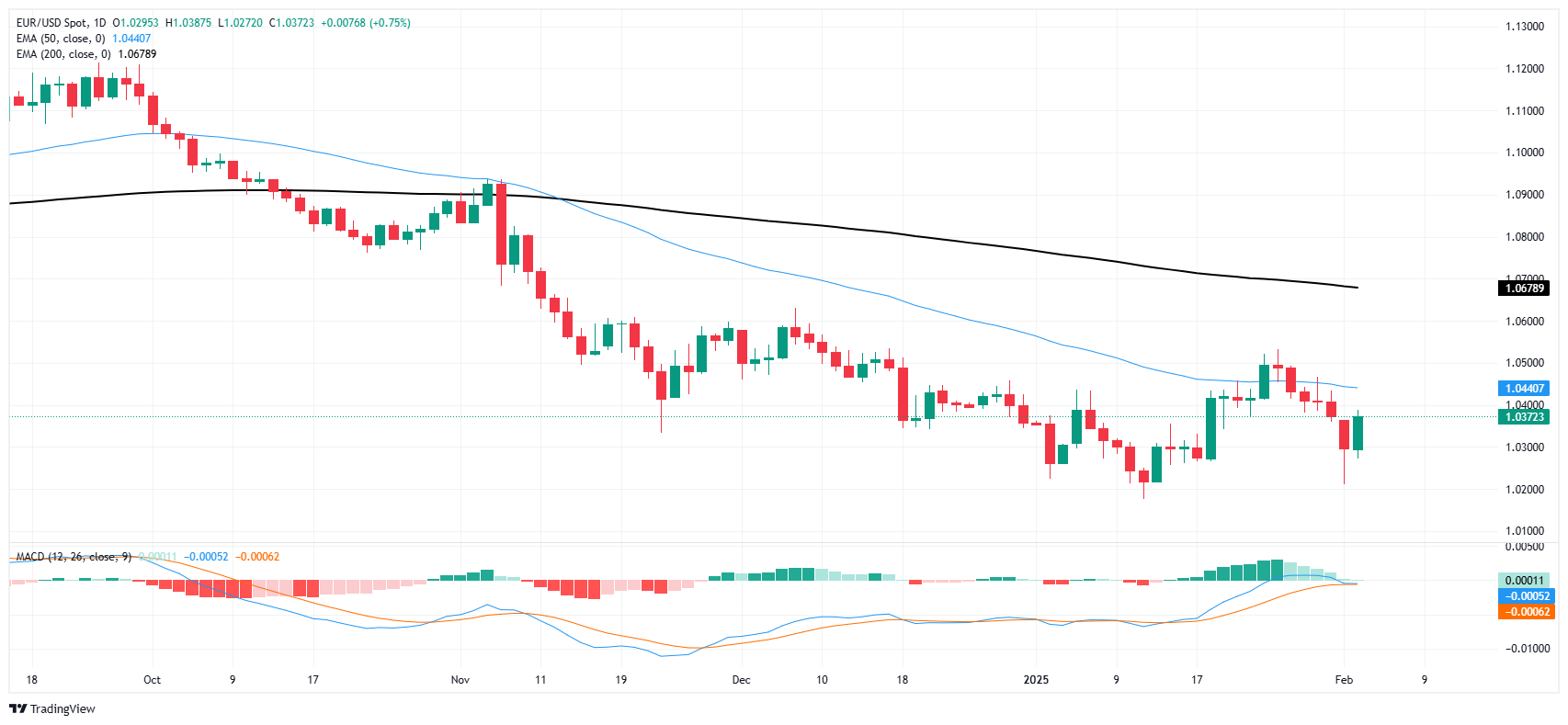AUD/USD holds below 0.6350 ahead of RBA rate decision
- AUD/USD softens to around 0.6345 in Monday’s early Asian session.
- The RBA poises to deliver the first rate cut in four years.
- The Aussie is benefiting from an easing of worst-case fears of US tariffs
The AUD/USD pair weakens to near 0.6345 during the early Asian session on Monday. The rising speculation of the Reserve Bank of Australia (RBA) rate cut drags the Australian Dollar (AUD) lower against the Greenback. All eyes will be on the RBA interest rate decision on Tuesday.
The Australian central bank is expected to cut its Official Cash Rate (OCR) by 25 basis points (bps) to 4.10%, the first rate reduction in four years, at the end of its two-day policy meeting on Tuesday. The RBA dovish bets are likely to weigh on the Aussie against the US Dollar (USD) for the time being.
“The prudent action for the RBA now would be to cut, but cut slowly and just see how data evolves through time. The worst thing they could possibly do is cut hard and then have to reverse. That’s the clear risk case for them,” said Craig Vardy, head of fixed income, BlackRock Australasia.
On the other hand, the downside of the AUD might be capped due to the delay in the implementation of US President Donald Trump’s tariff proposals. The process of Trump’s ultimate tariff policies might take longer than many analysts had expected. Westpac analysts are leaning toward further gains in the AUD in the near term.
Additionally, the disappointing US economic data could exert some selling pressure on the Greenback. Data released by the US Census Bureau on Friday showed that US Retail Sales declined by 0.9% in January from the 0.7% increase (revised from 0.4%) in December. This figure came in weaker than the market expectation for a decrease of 0.1%.
Australian Dollar FAQs
One of the most significant factors for the Australian Dollar (AUD) is the level of interest rates set by the Reserve Bank of Australia (RBA). Because Australia is a resource-rich country another key driver is the price of its biggest export, Iron Ore. The health of the Chinese economy, its largest trading partner, is a factor, as well as inflation in Australia, its growth rate and Trade Balance. Market sentiment – whether investors are taking on more risky assets (risk-on) or seeking safe-havens (risk-off) – is also a factor, with risk-on positive for AUD.
The Reserve Bank of Australia (RBA) influences the Australian Dollar (AUD) by setting the level of interest rates that Australian banks can lend to each other. This influences the level of interest rates in the economy as a whole. The main goal of the RBA is to maintain a stable inflation rate of 2-3% by adjusting interest rates up or down. Relatively high interest rates compared to other major central banks support the AUD, and the opposite for relatively low. The RBA can also use quantitative easing and tightening to influence credit conditions, with the former AUD-negative and the latter AUD-positive.
China is Australia’s largest trading partner so the health of the Chinese economy is a major influence on the value of the Australian Dollar (AUD). When the Chinese economy is doing well it purchases more raw materials, goods and services from Australia, lifting demand for the AUD, and pushing up its value. The opposite is the case when the Chinese economy is not growing as fast as expected. Positive or negative surprises in Chinese growth data, therefore, often have a direct impact on the Australian Dollar and its pairs.
Iron Ore is Australia’s largest export, accounting for $118 billion a year according to data from 2021, with China as its primary destination. The price of Iron Ore, therefore, can be a driver of the Australian Dollar. Generally, if the price of Iron Ore rises, AUD also goes up, as aggregate demand for the currency increases. The opposite is the case if the price of Iron Ore falls. Higher Iron Ore prices also tend to result in a greater likelihood of a positive Trade Balance for Australia, which is also positive of the AUD.
The Trade Balance, which is the difference between what a country earns from its exports versus what it pays for its imports, is another factor that can influence the value of the Australian Dollar. If Australia produces highly sought after exports, then its currency will gain in value purely from the surplus demand created from foreign buyers seeking to purchase its exports versus what it spends to purchase imports. Therefore, a positive net Trade Balance strengthens the AUD, with the opposite effect if the Trade Balance is negative.






